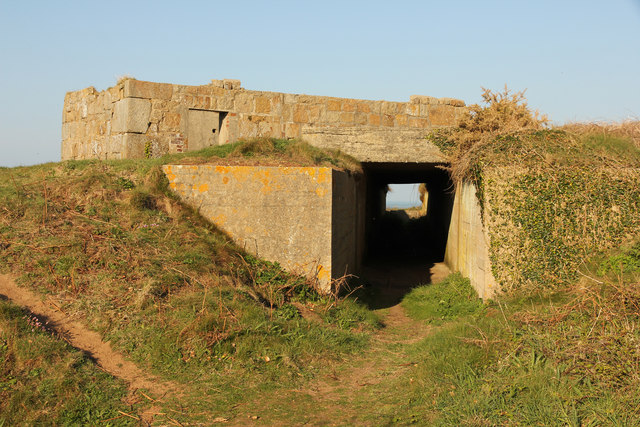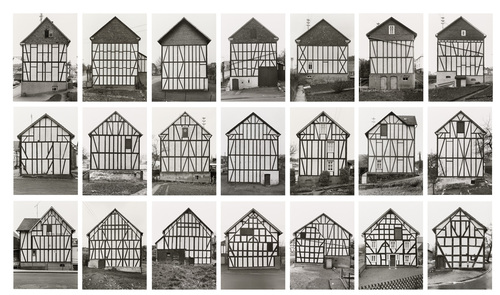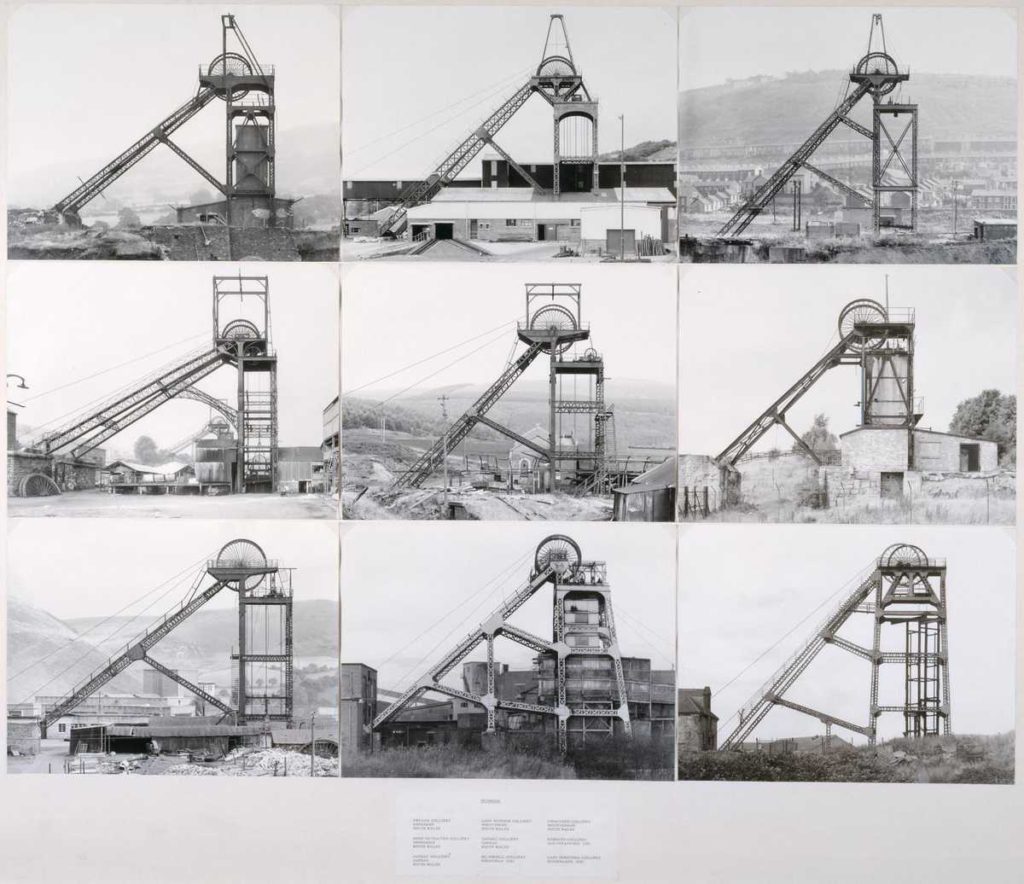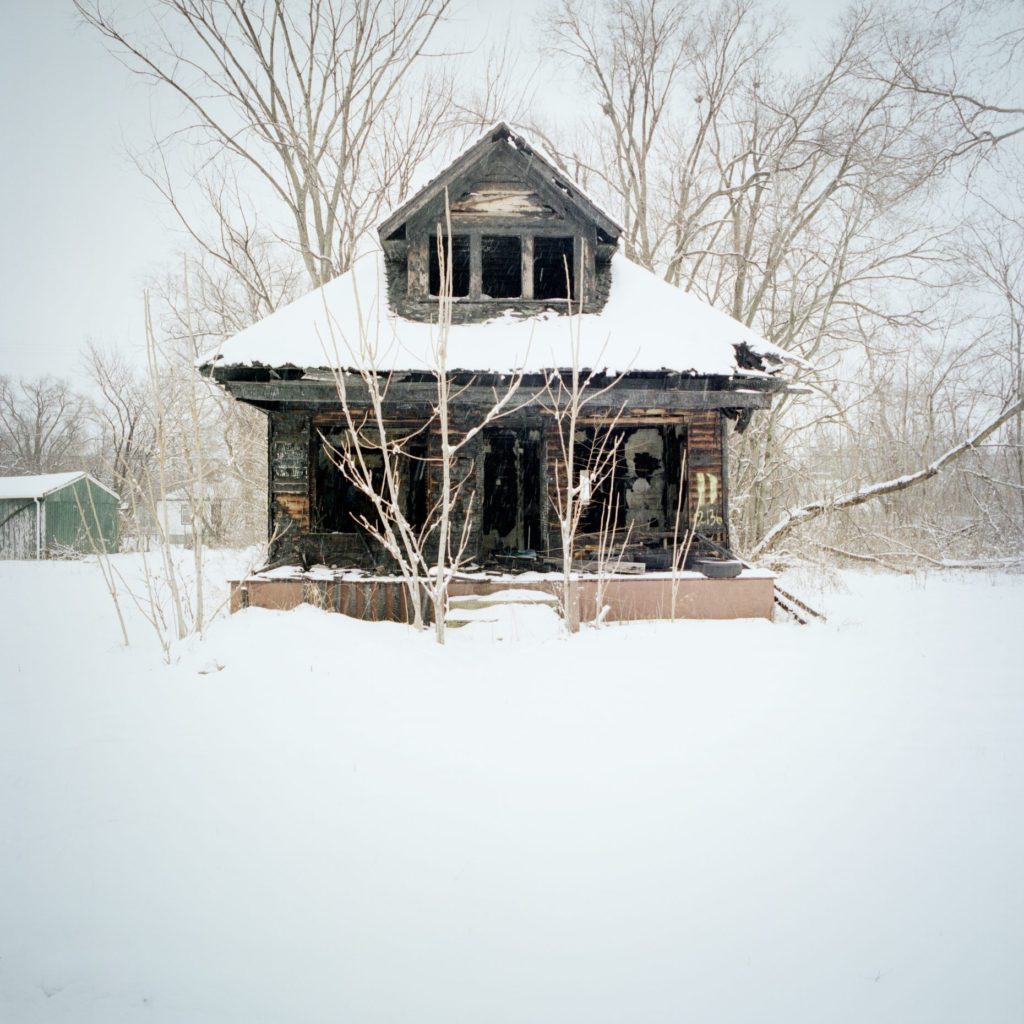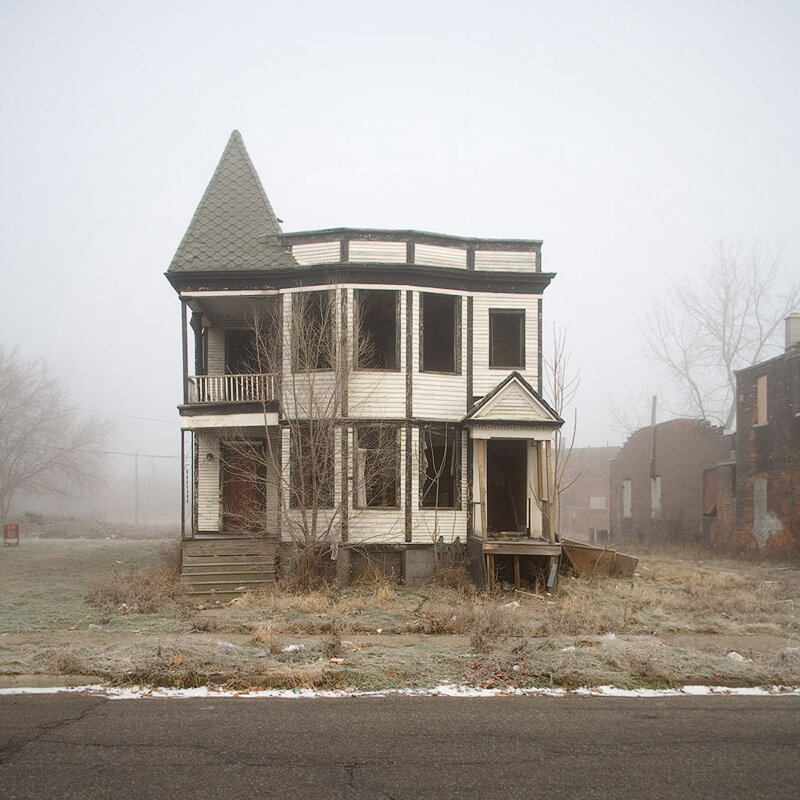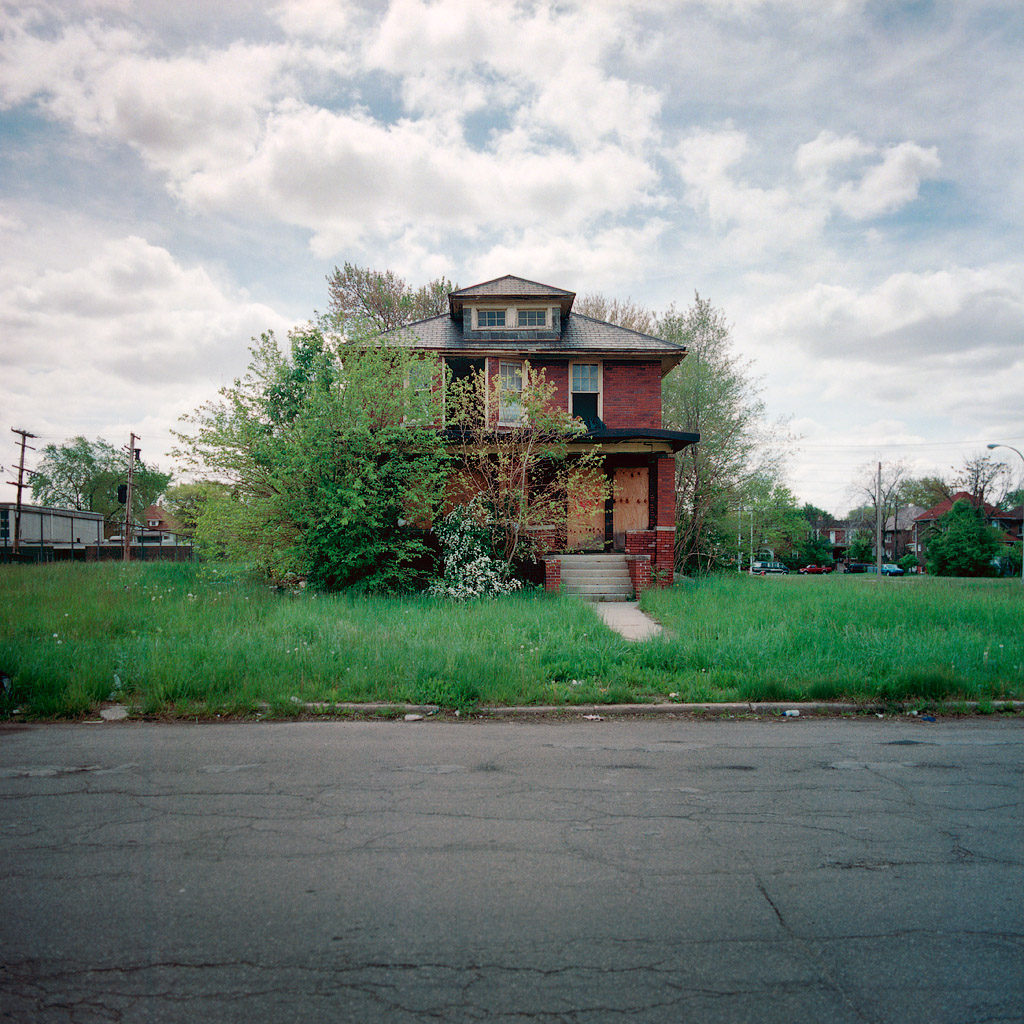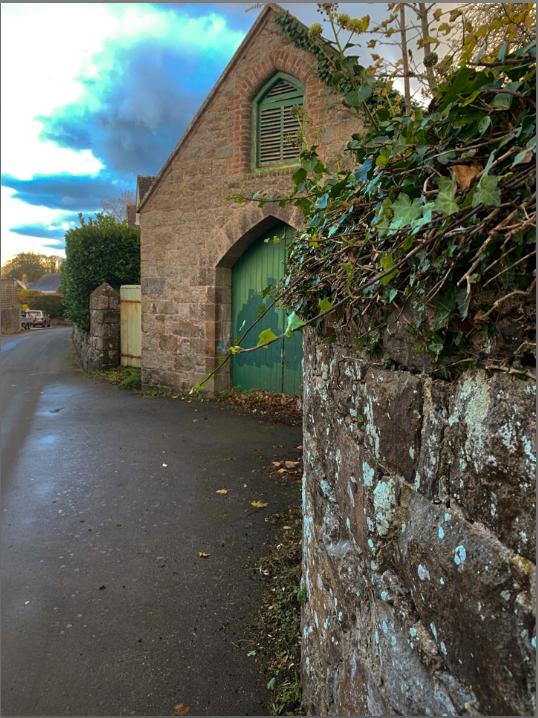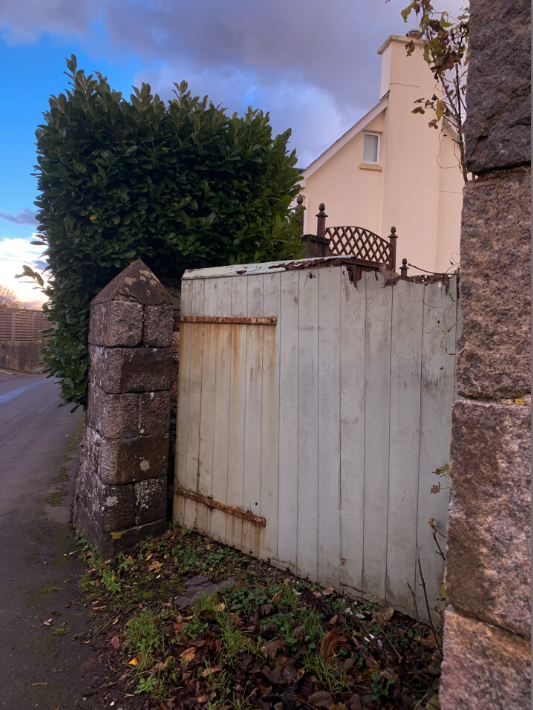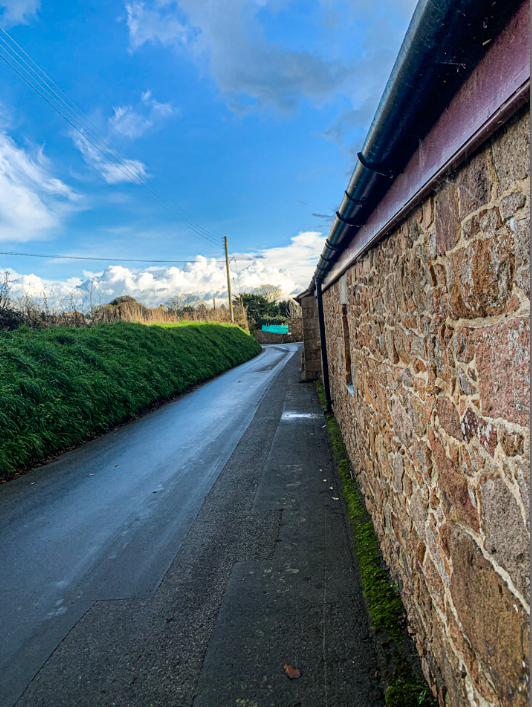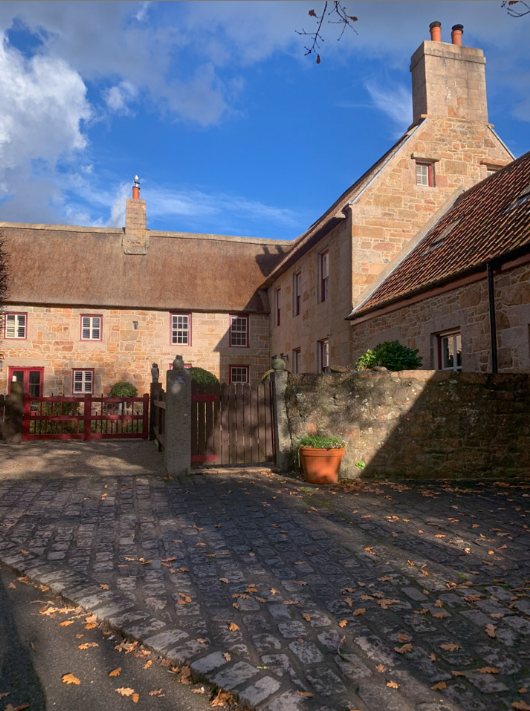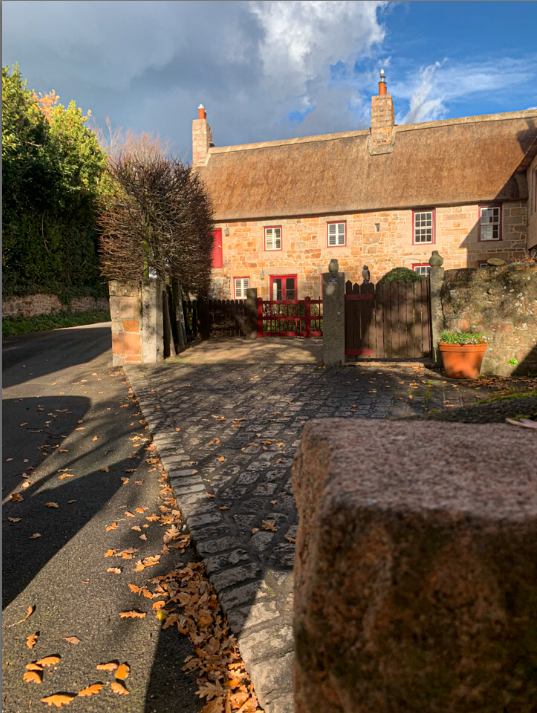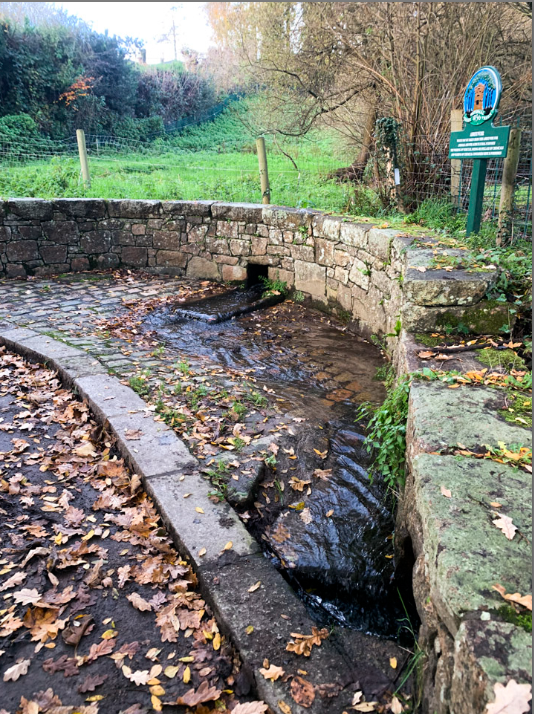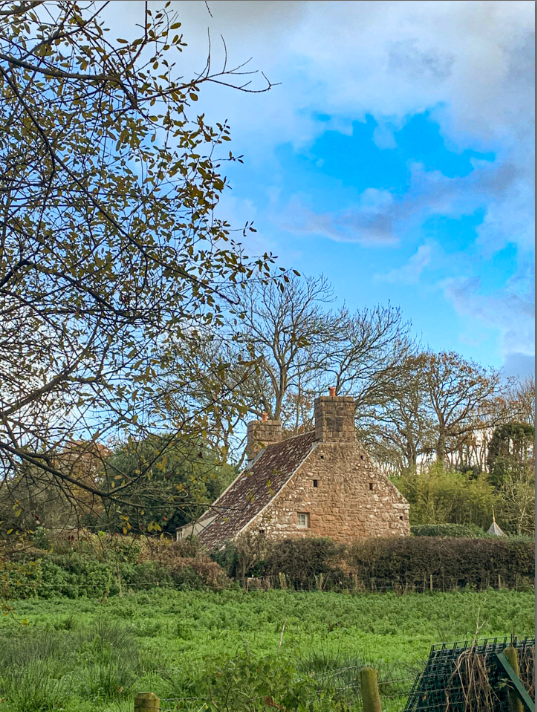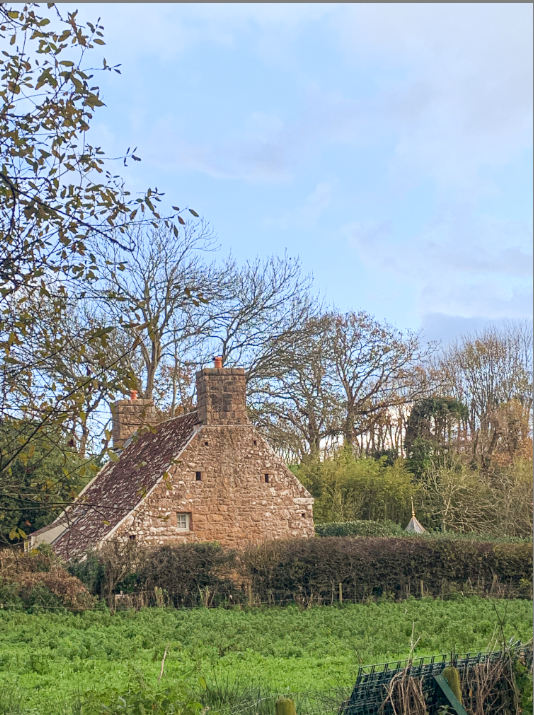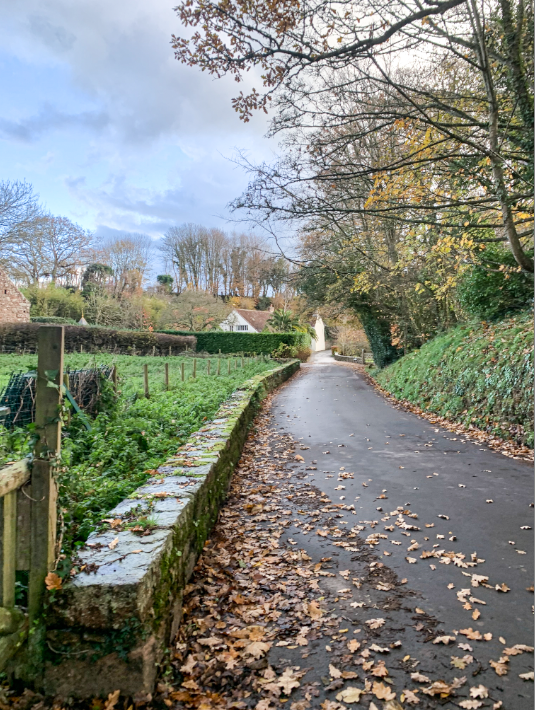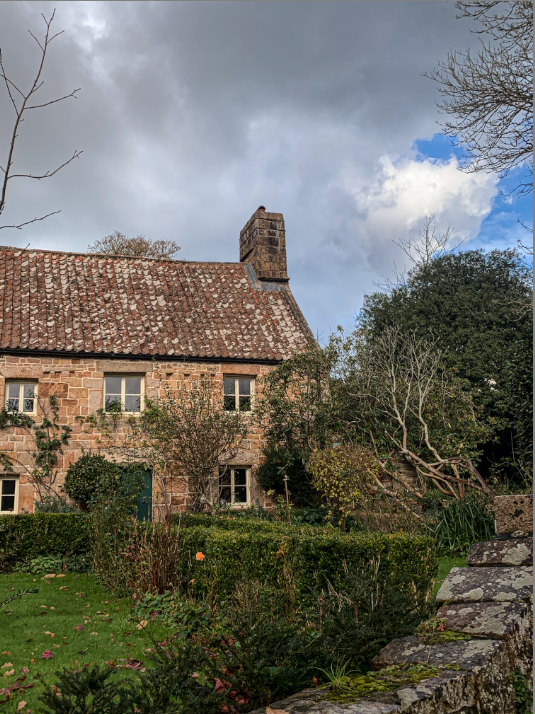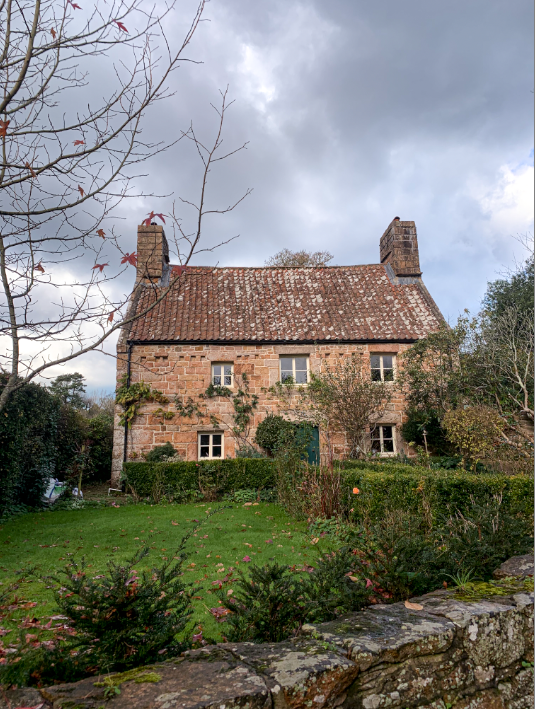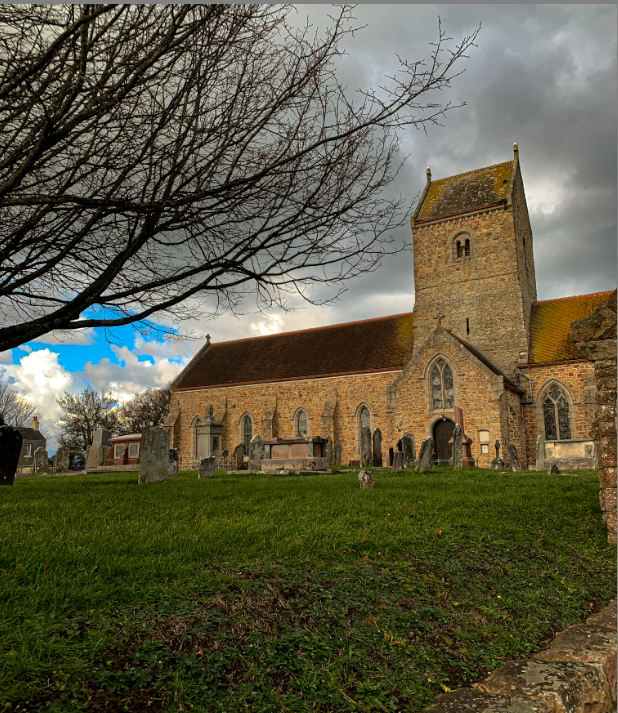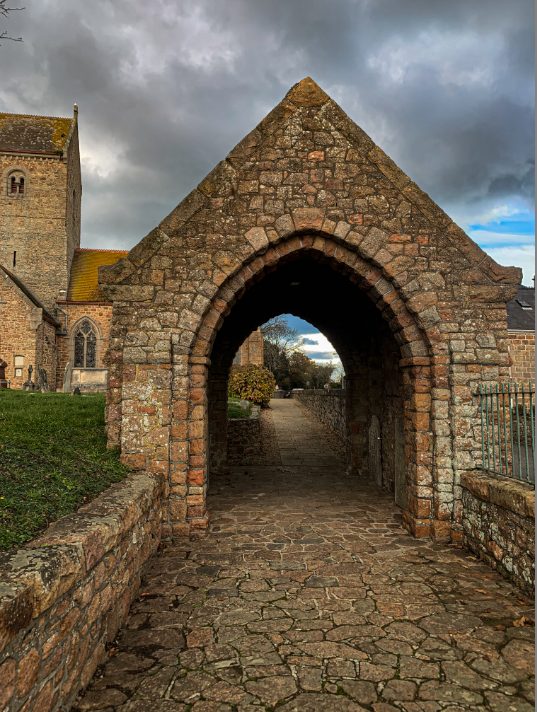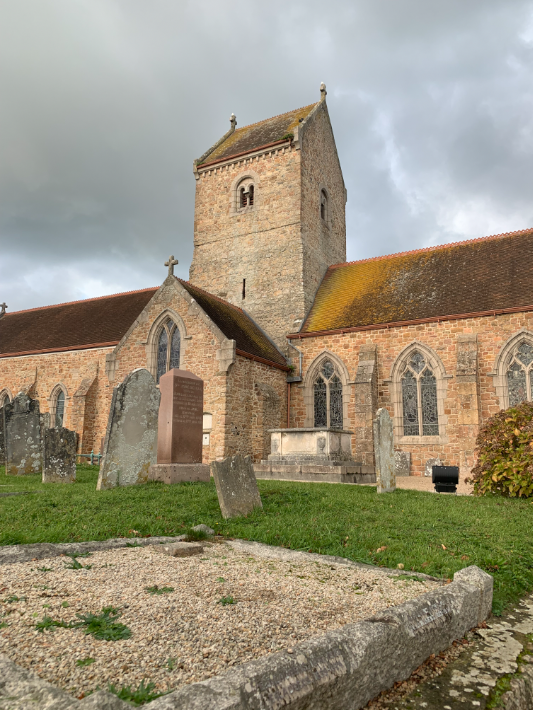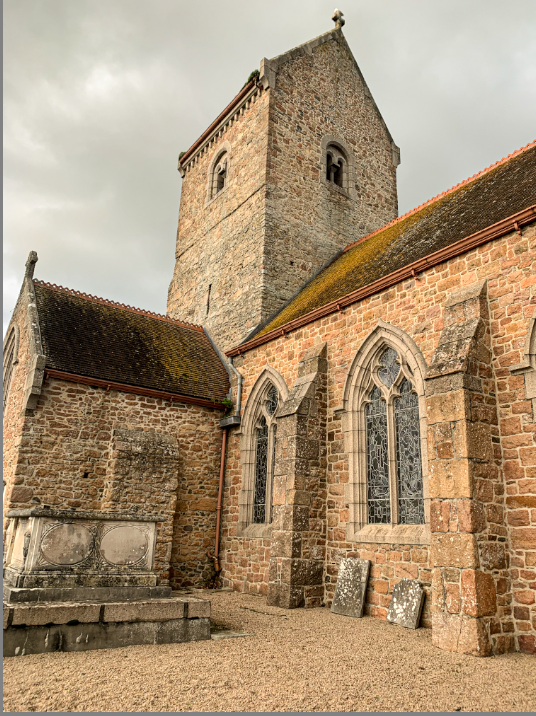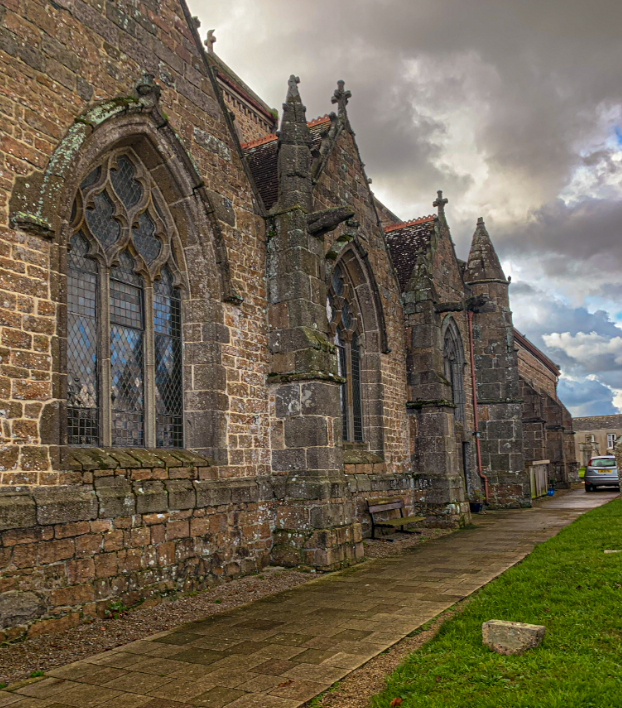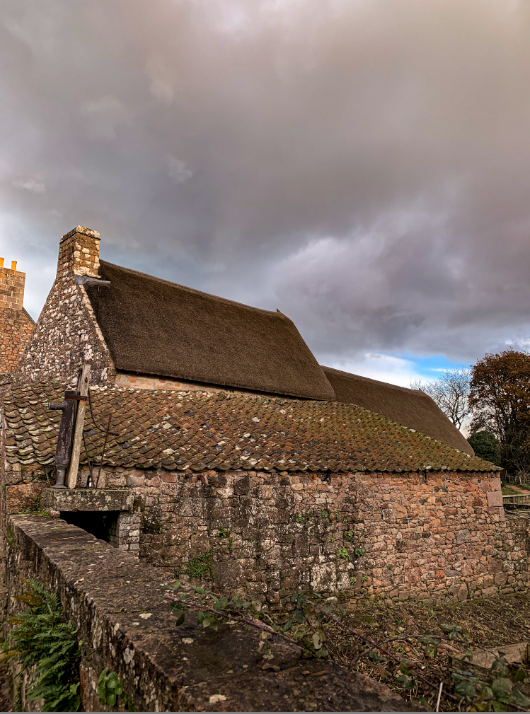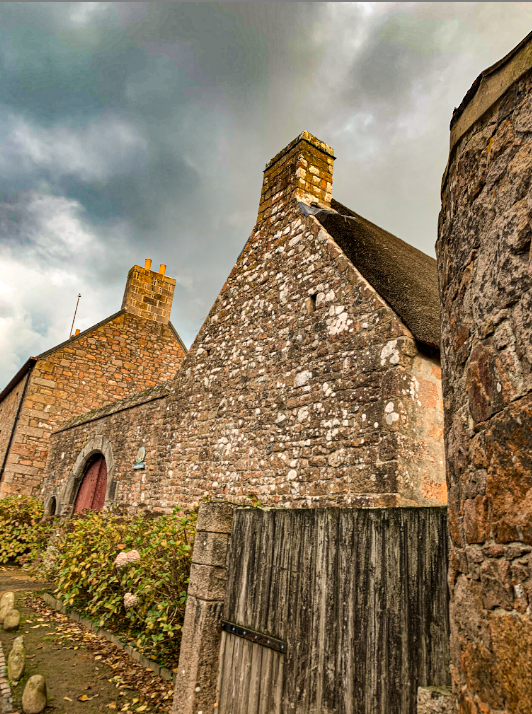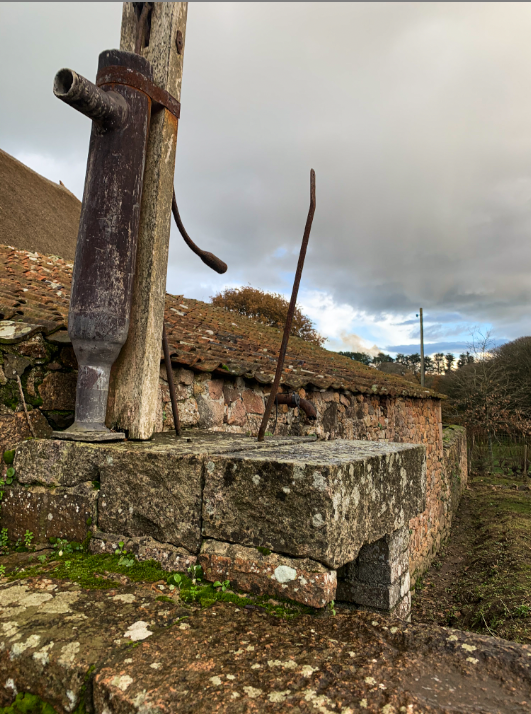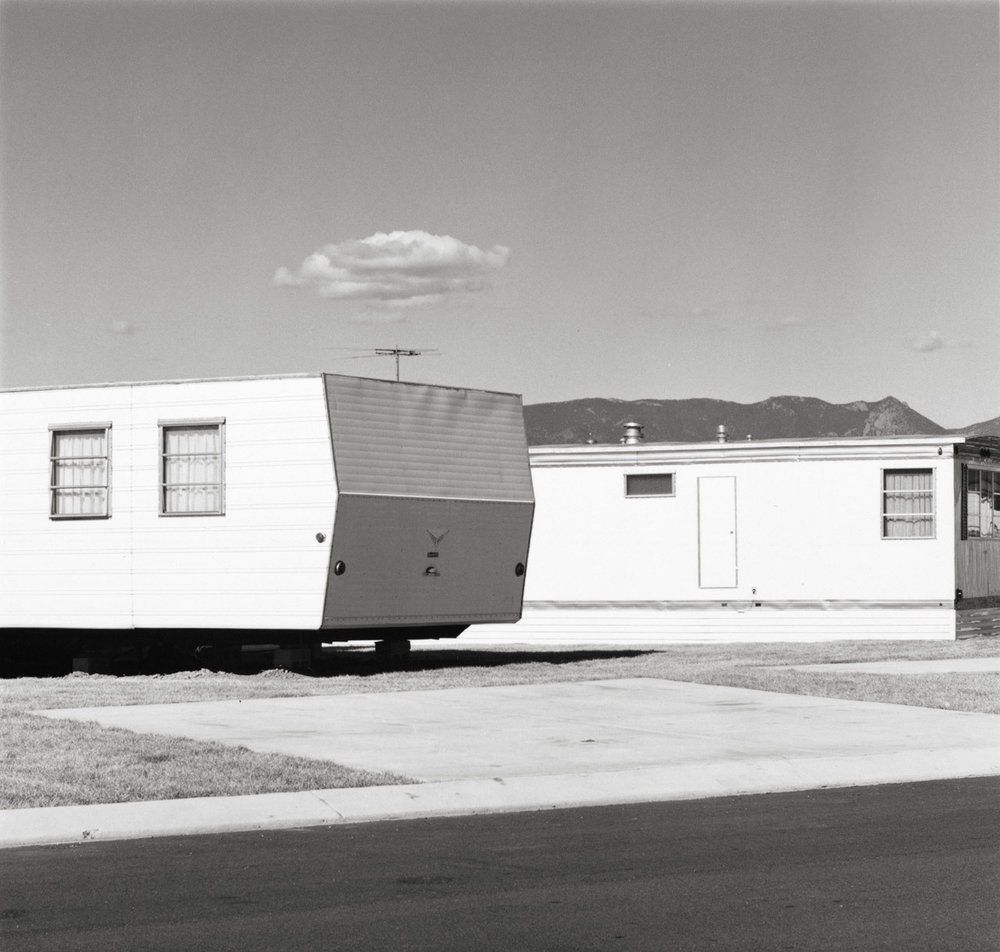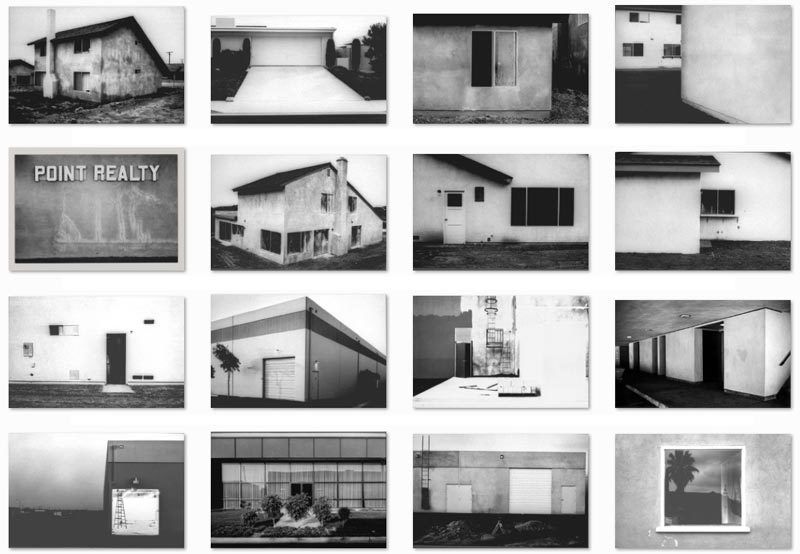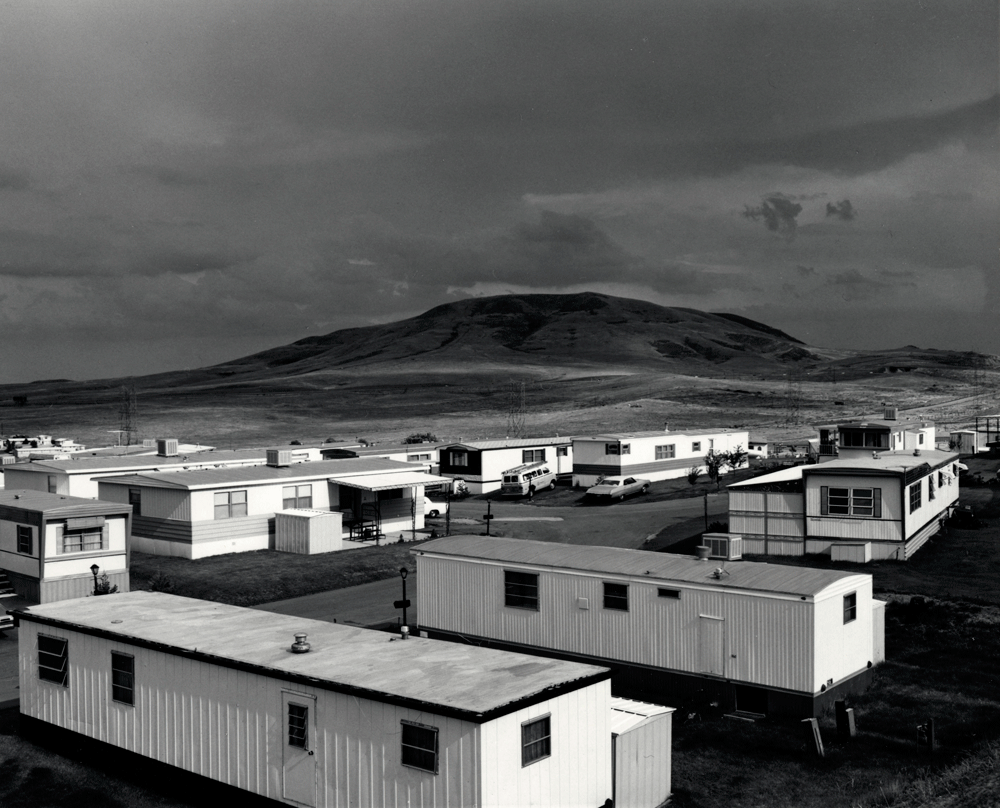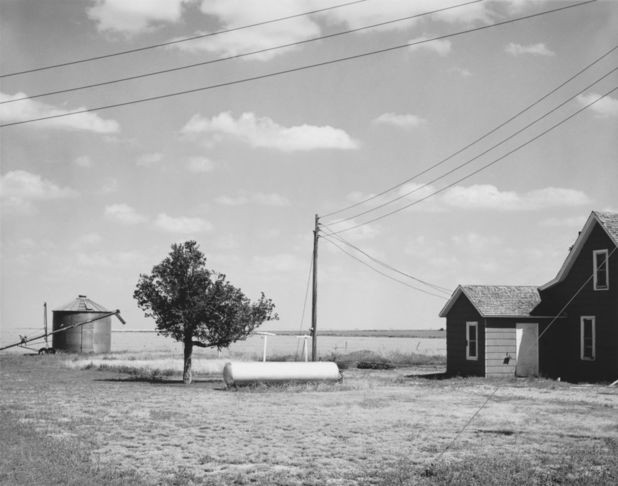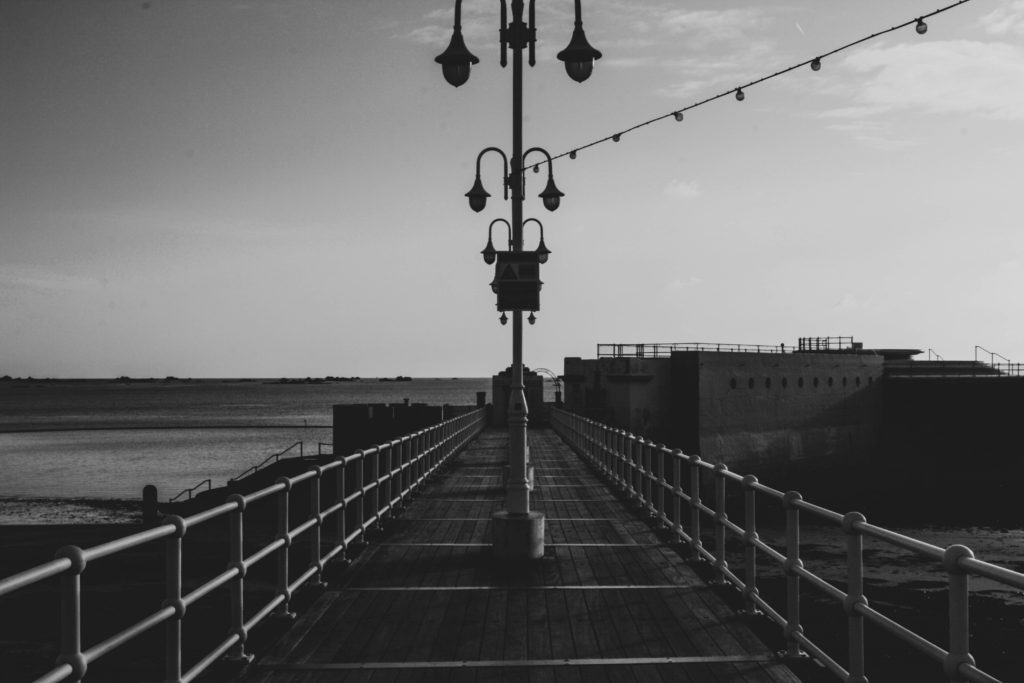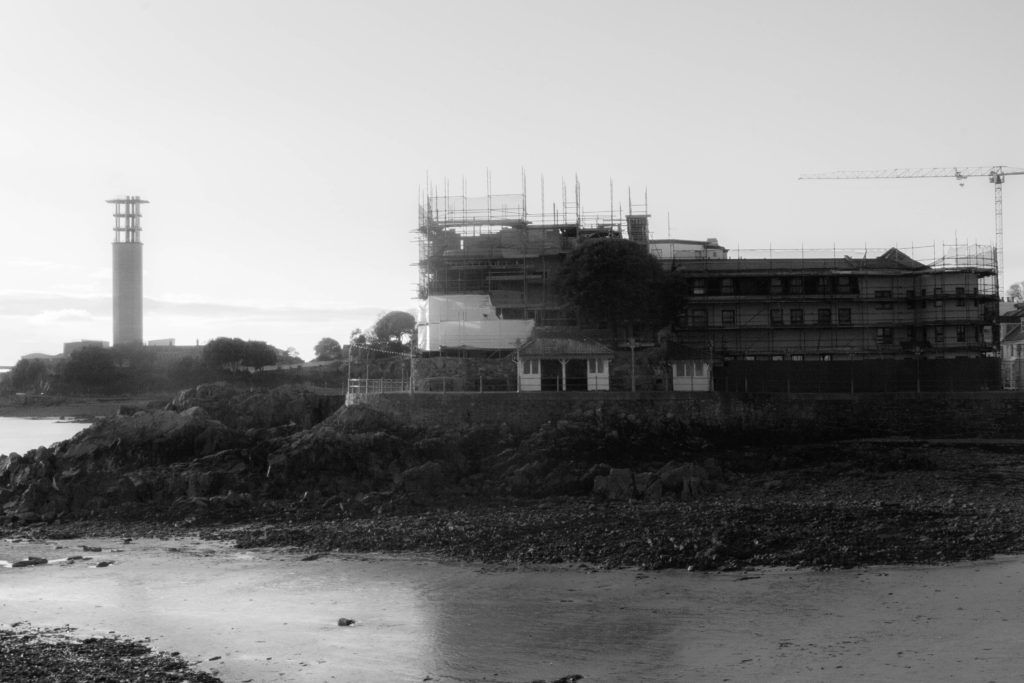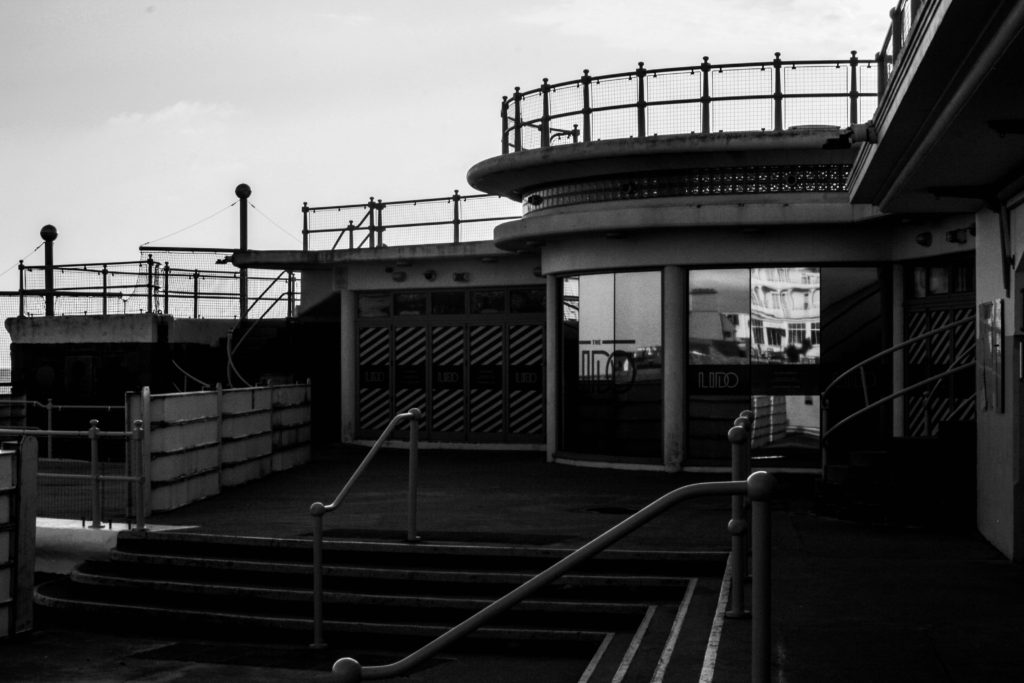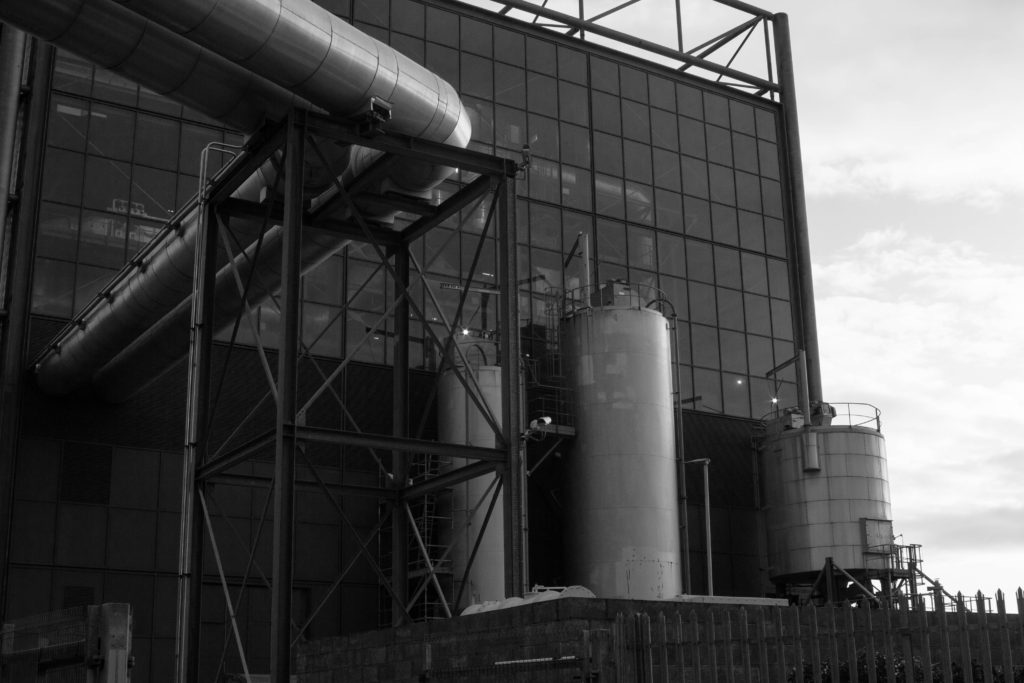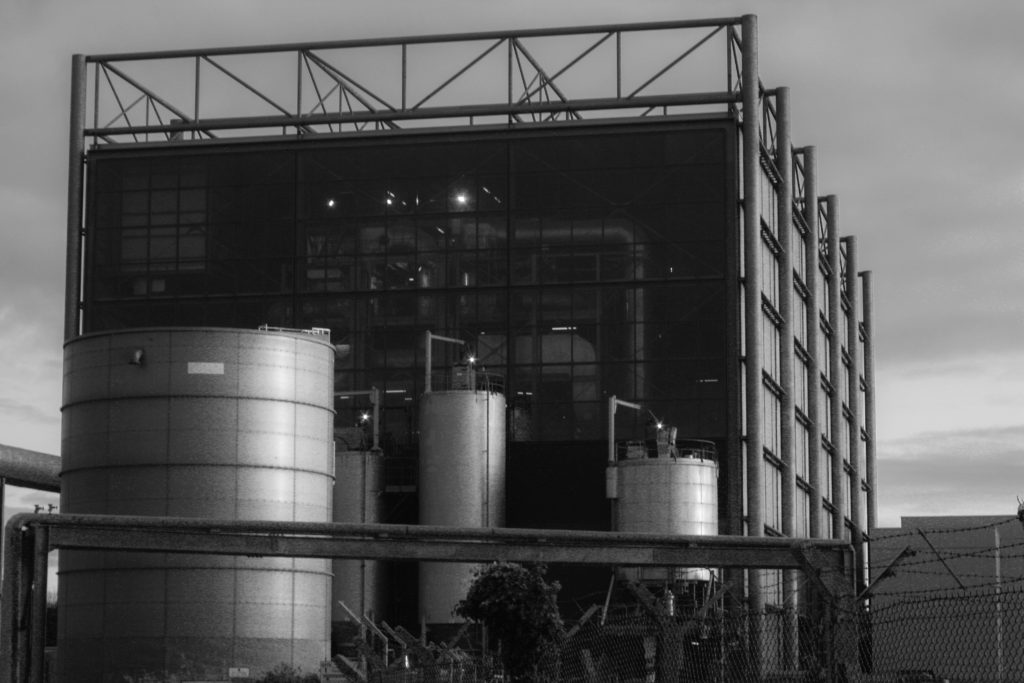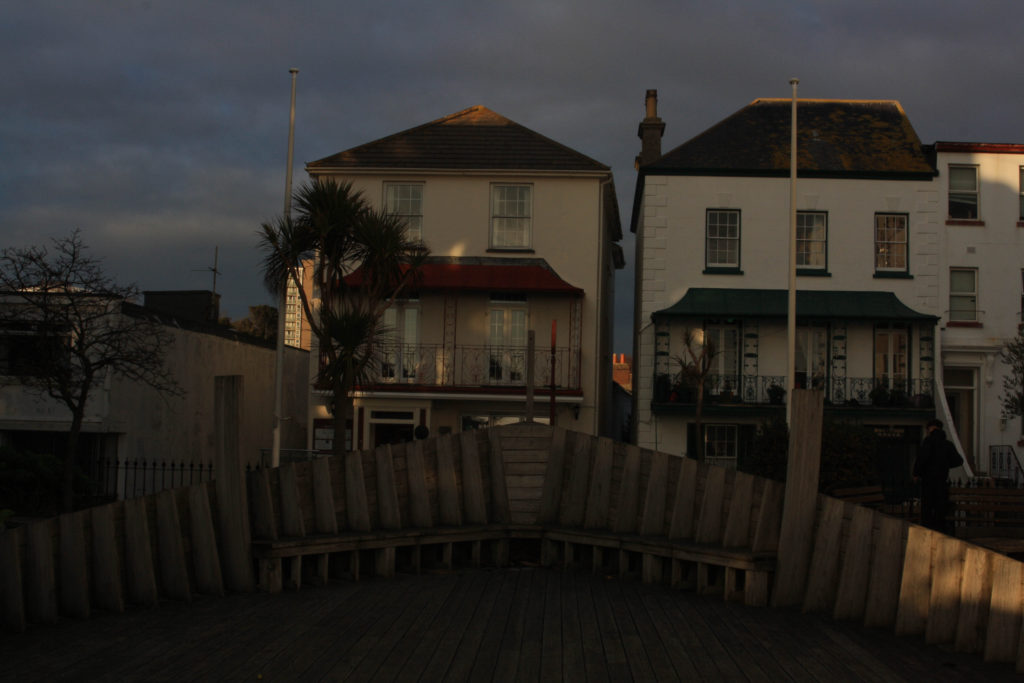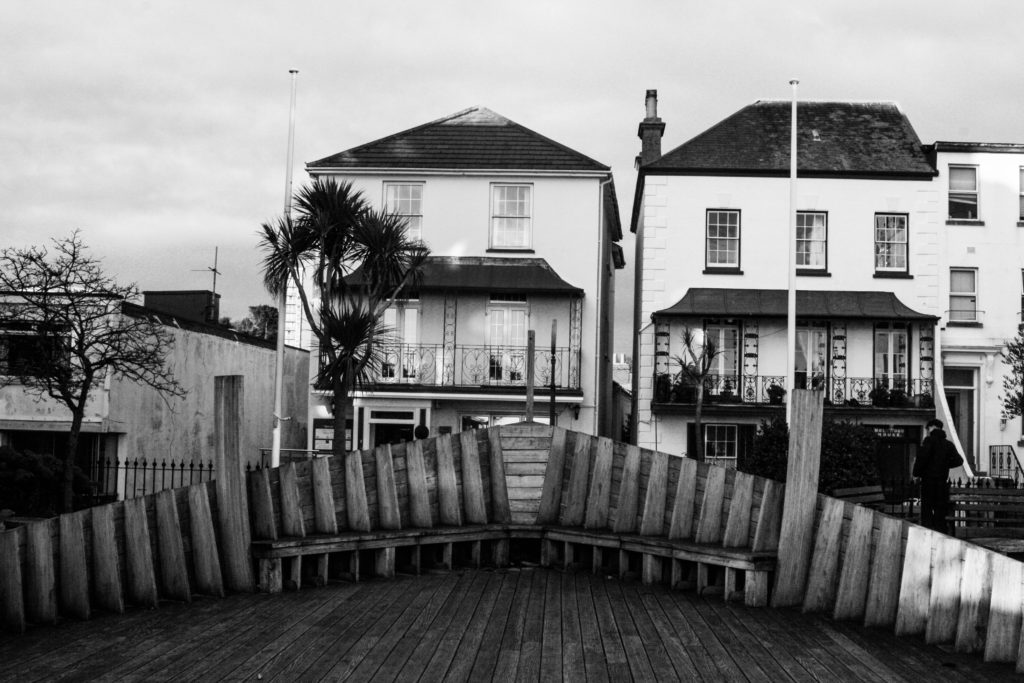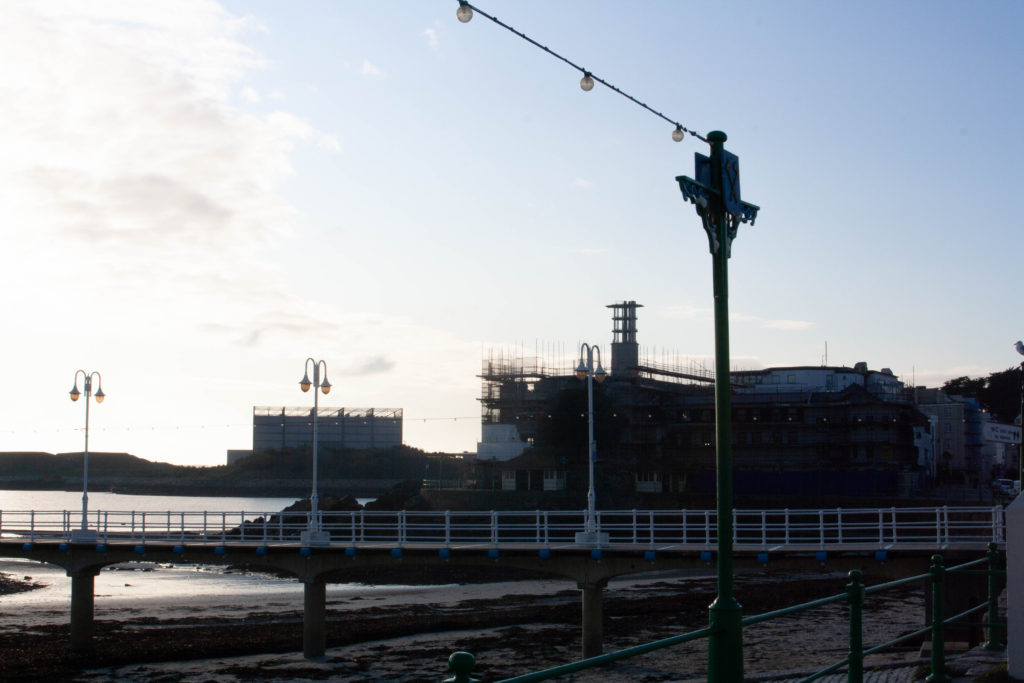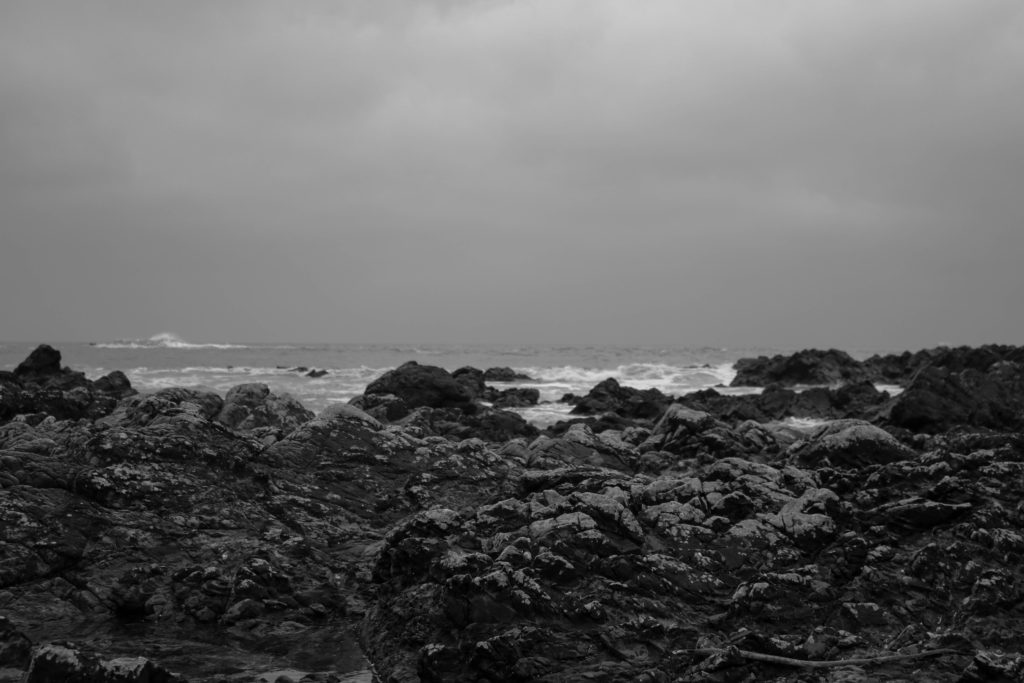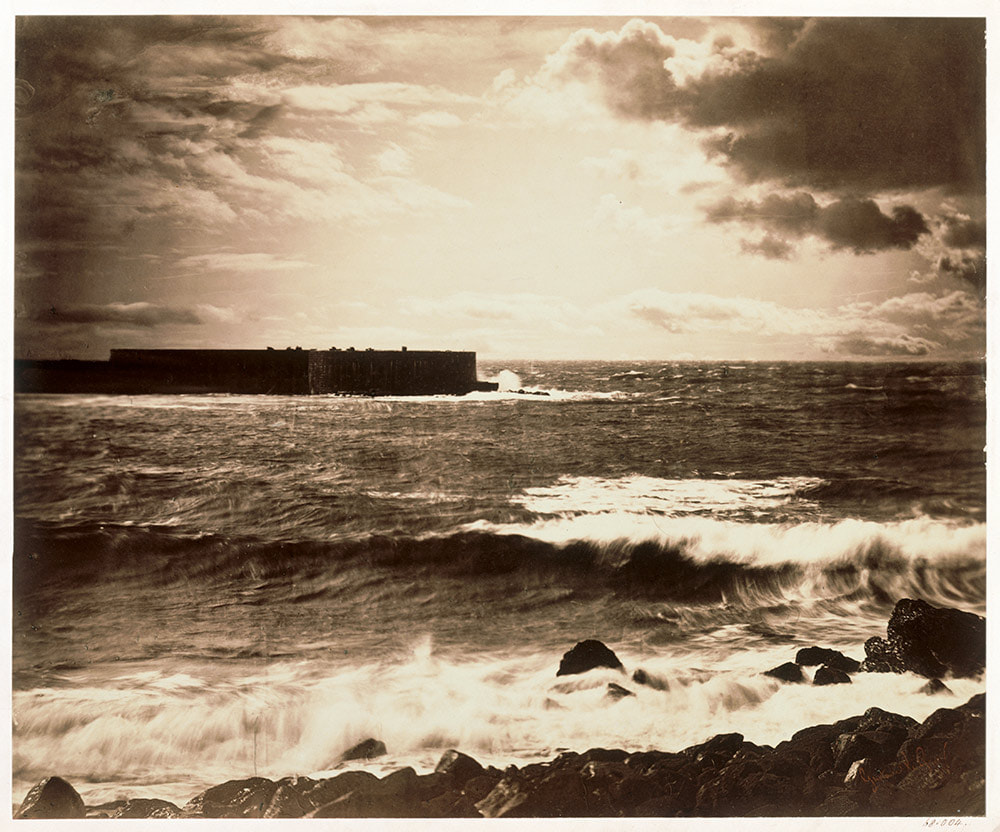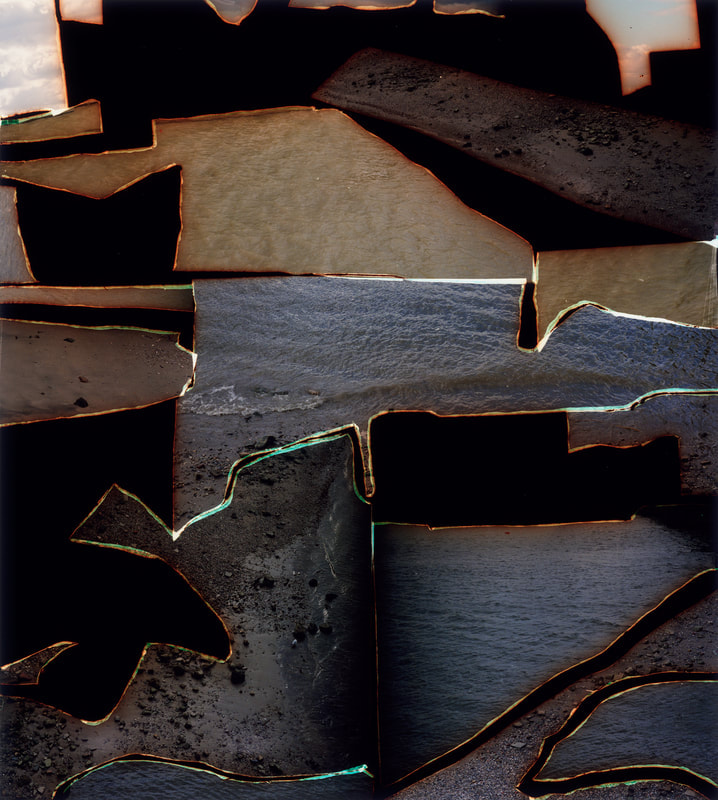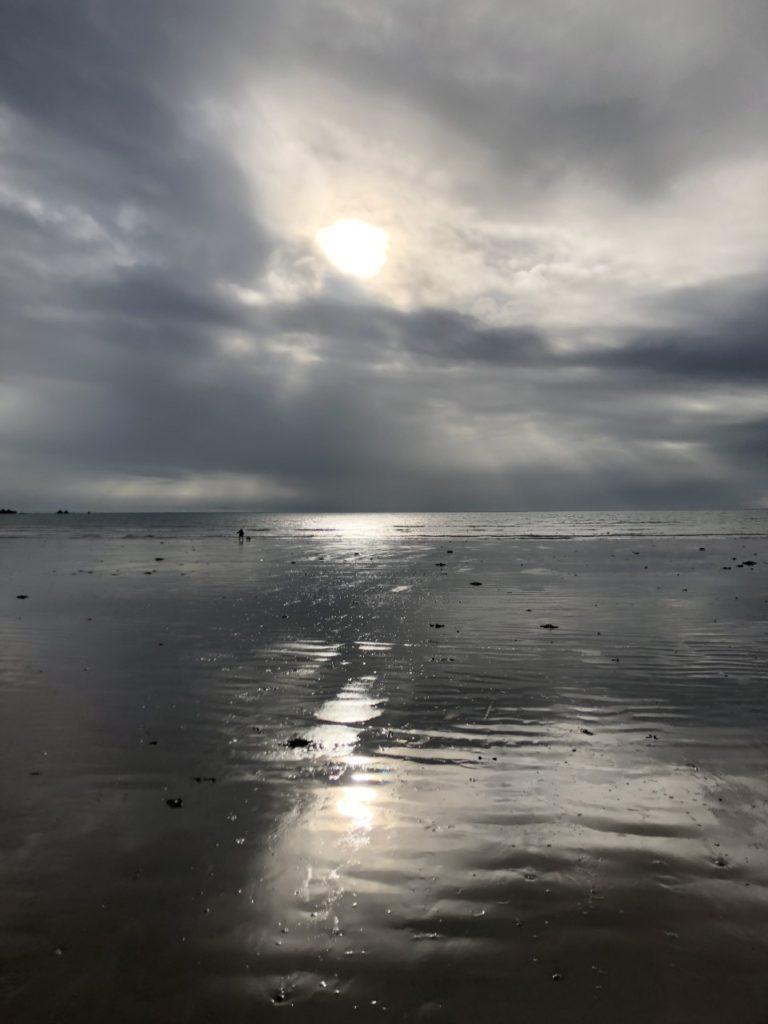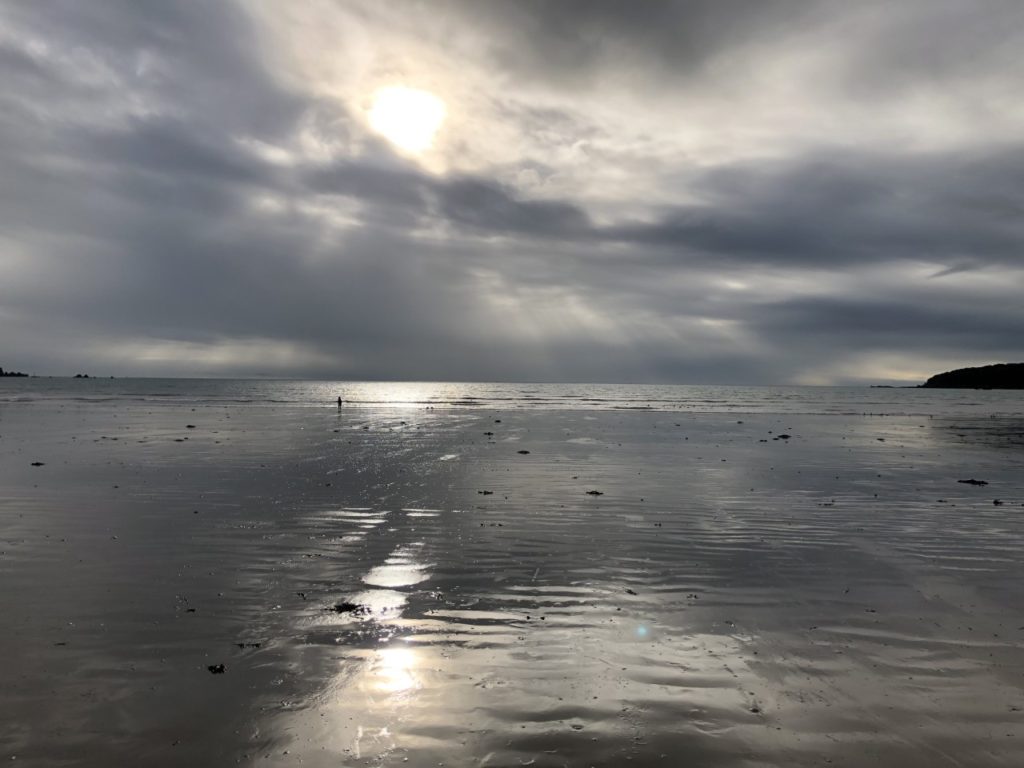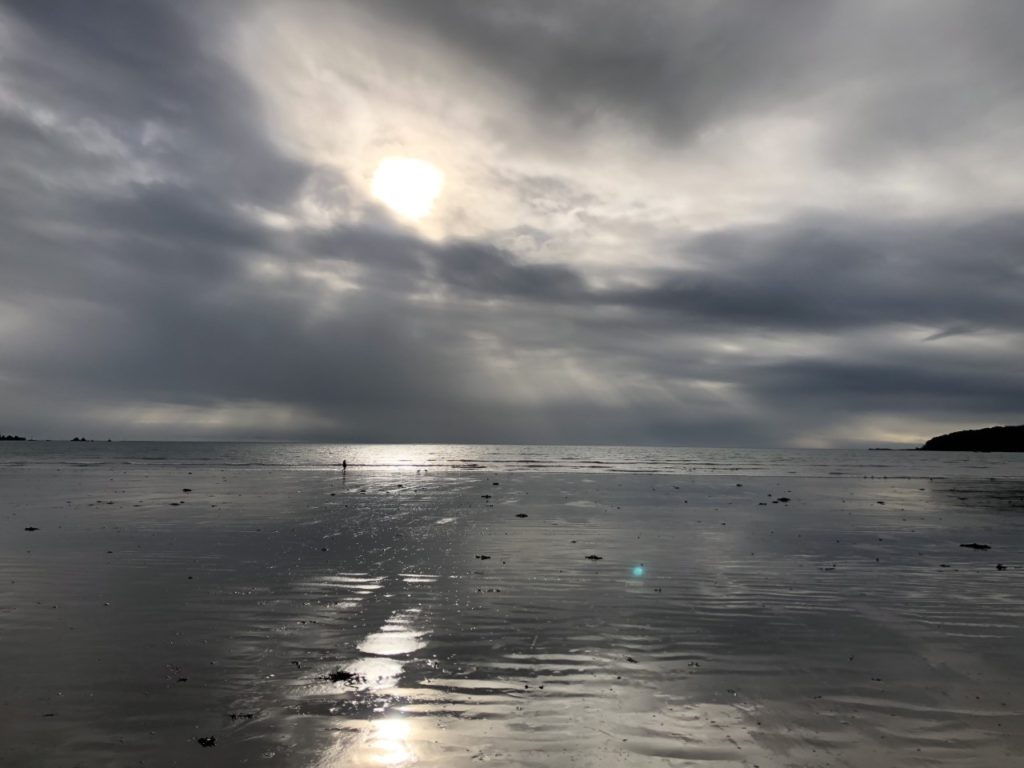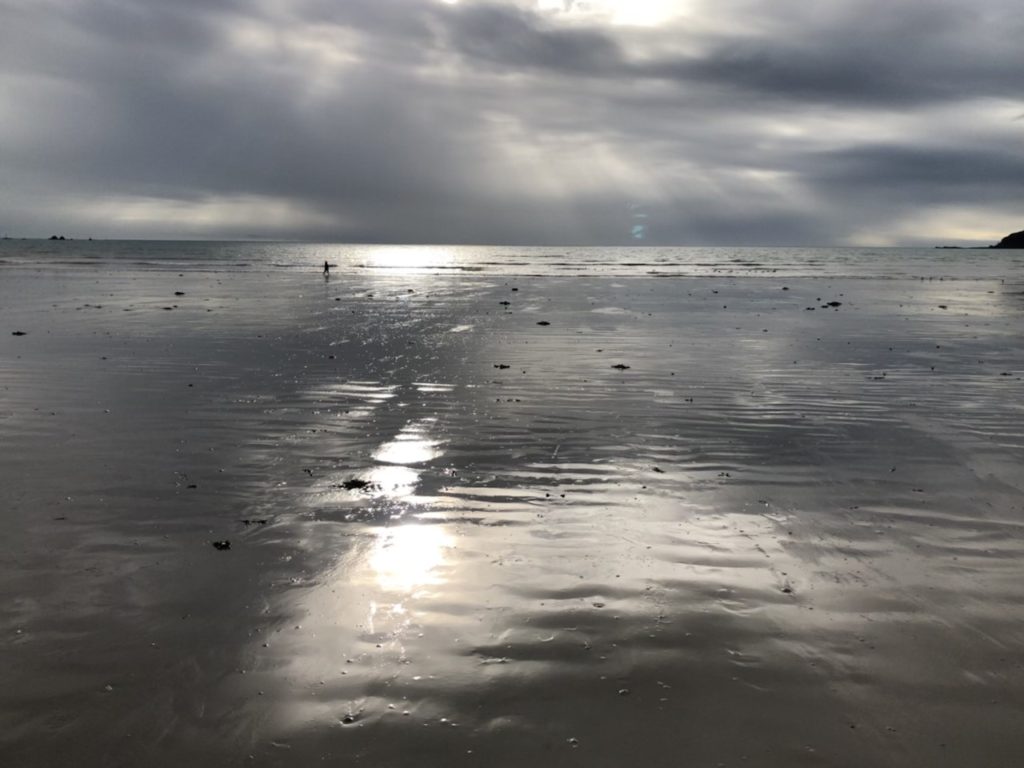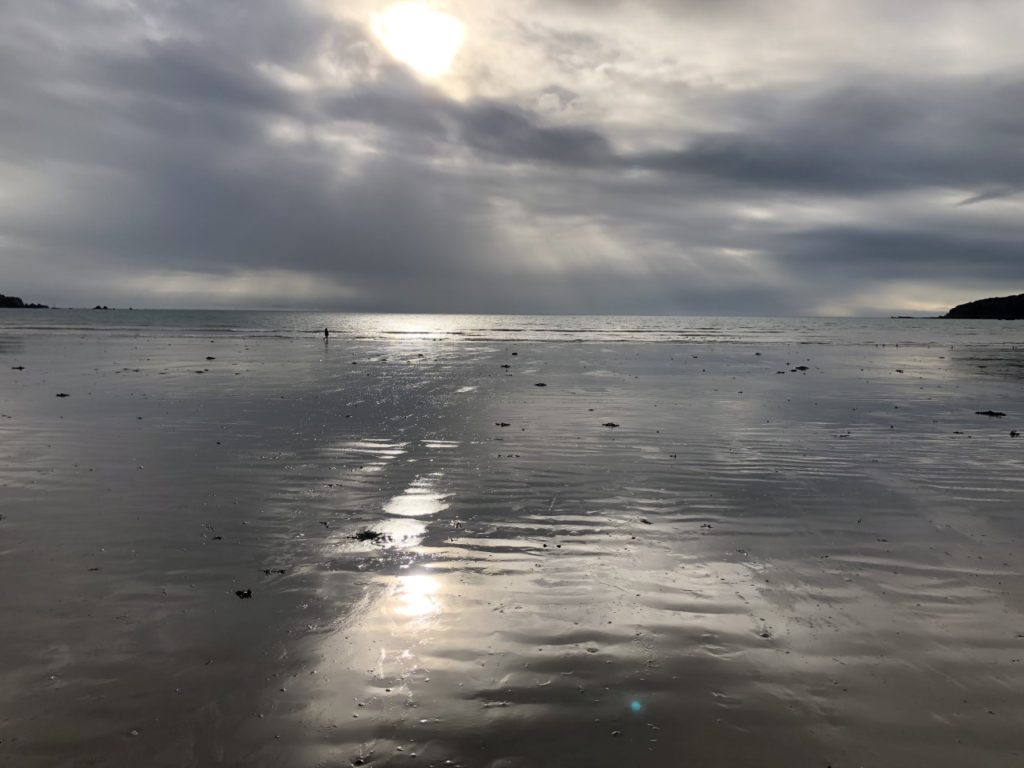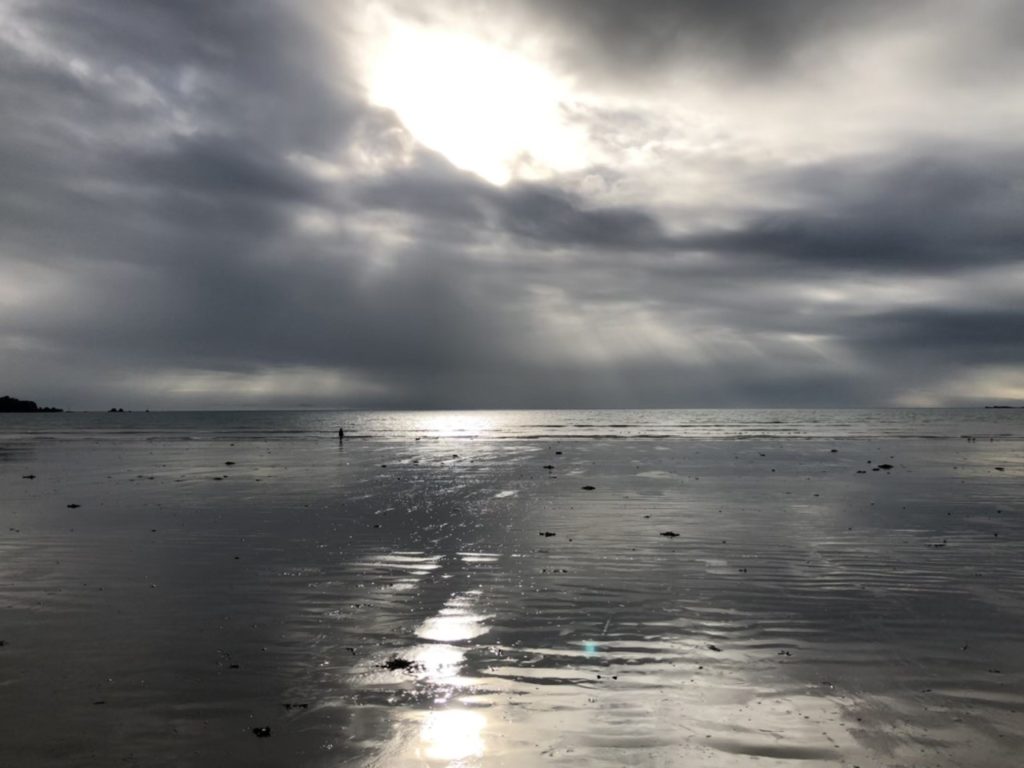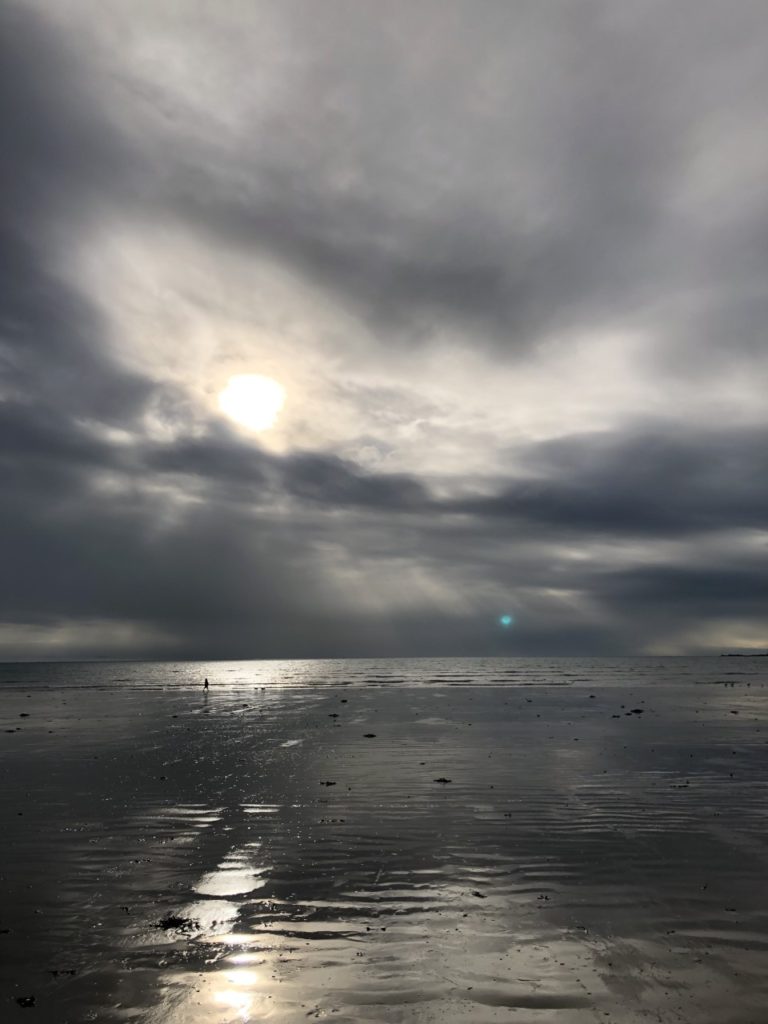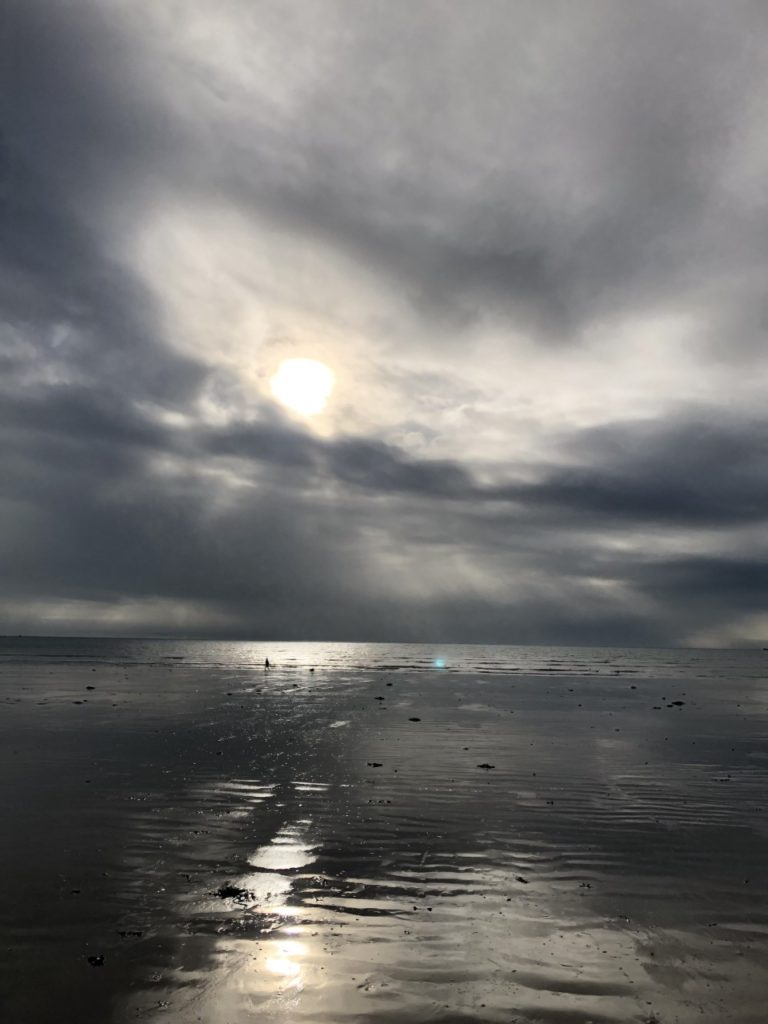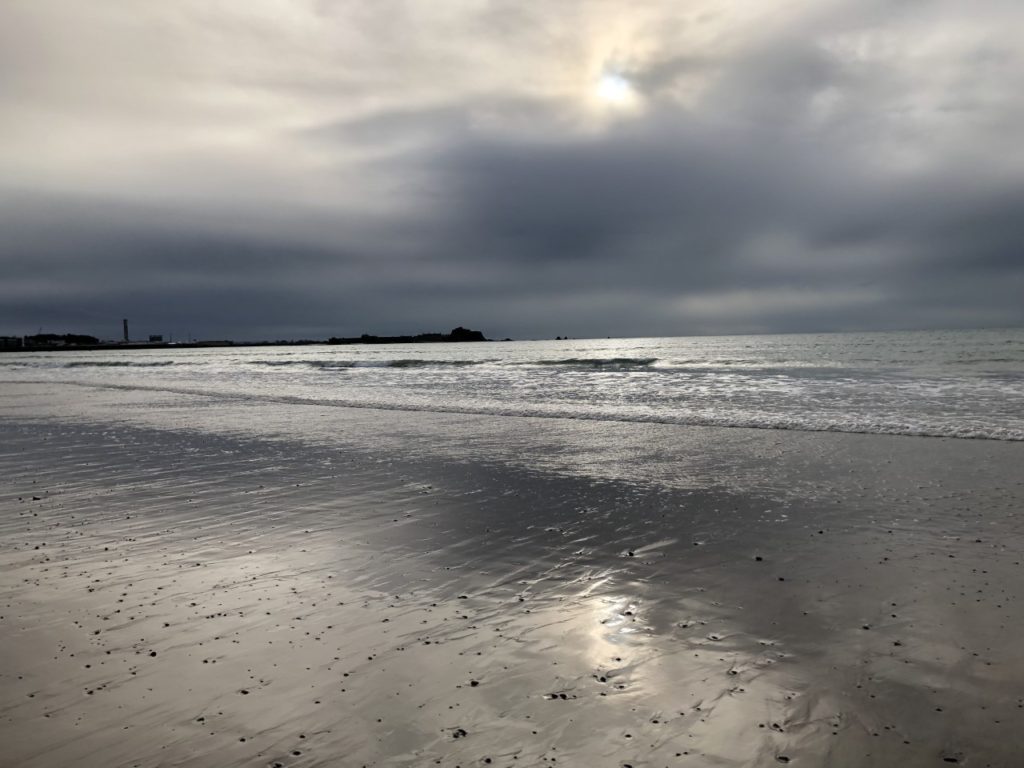Robert Adams was a photographer who documented the extent of the damage to the American West. His refined black-and-white photographs document scenes of the American West revealed the impact of human activity on nature. His images often lack human subjects however manage to capture the physical traces of human life. An underlying tension in Adams’s work is the contradiction between landscapes visibly adapted or scarred by human presence, through buildings and industrialisation, and the beauty of the natural land captured in the camera. The complex photographs express sombre indignation by exposing the darkness of the nineteenth-century and shows how humans view the West as an unlimited natural resource for human consumption despite the destruction being caused. However, his work also conveys hope that things can change.
His goal
“is to face facts but to find a basis for hope. To try for alchemy.”

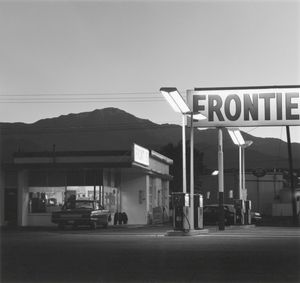
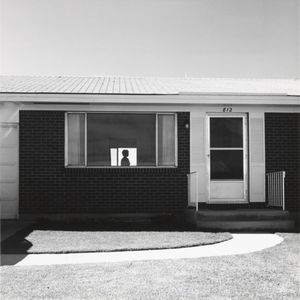
The image Colorado springs displays a melancholy and sombre scene of the silhouette of a woman stood in a suburban house. It was taken in a time of great change as many peoples life’s were abandoned and they moved to the new suburbs created to ensure there was enough housing after all the soldiers came back from war and started families. However, this meant many people had to move to these new suburbs leaving everything they knew before behind for this desolate and lonely land. Robert Adams photographed around these suburban towns and encapsulated the atmosphere and emotions of the residents through his images, such as the one above, to capture the damage and transformations happening to natural landscapes. His images are strategically taken to portray this meaning using the repetition of rectangular shapes surrounding the figure zoom in the viewers attention onto the woman to leave her as the main subject as she represents the loneliness and isolation many people were facing in this situation. The black and white filter further develops the melancholy feeling to the image as all colour is stripped portraying the way peoples life’s have been changed and the dark tones portray the sadness. The image is quiet with minimal eye catching elements to represent the feeling of seclusion and lack of joy present in these new suburban towns making the viewer wonder if the woman is perhaps reminiscing her life before being moved to the desolate suburbs. The natural lighting continues the sense of ‘realness’ showing the scene as he found it to accurately display the events. From what I can tell Adam’s used a fast shutter speed as I believe the image isn’t set up so the woman would have most likely been moving which means he must of had a quick shutter speed to ensure she wasn’t blurred from the motion. I believe the image was also taken with natural lighting as he is outside and not in a studio further displaying the ‘real’ insight into the situation as the scene has not been set up in a studio it is how he found it. Overall, I think Robert Adams created this image to show an accurate representation of how the residents of the town were feeling at the time and showing their loneliness and isolation and almost giving them a voice, through his images, in a time where they had been sent away leaving them silenced.





